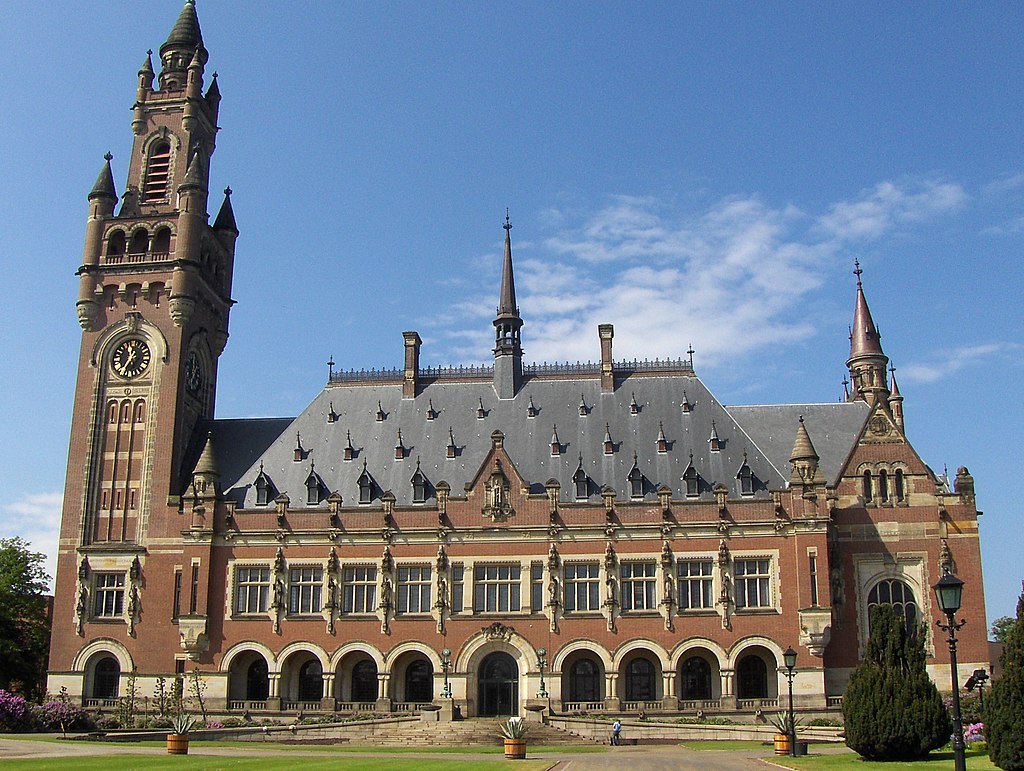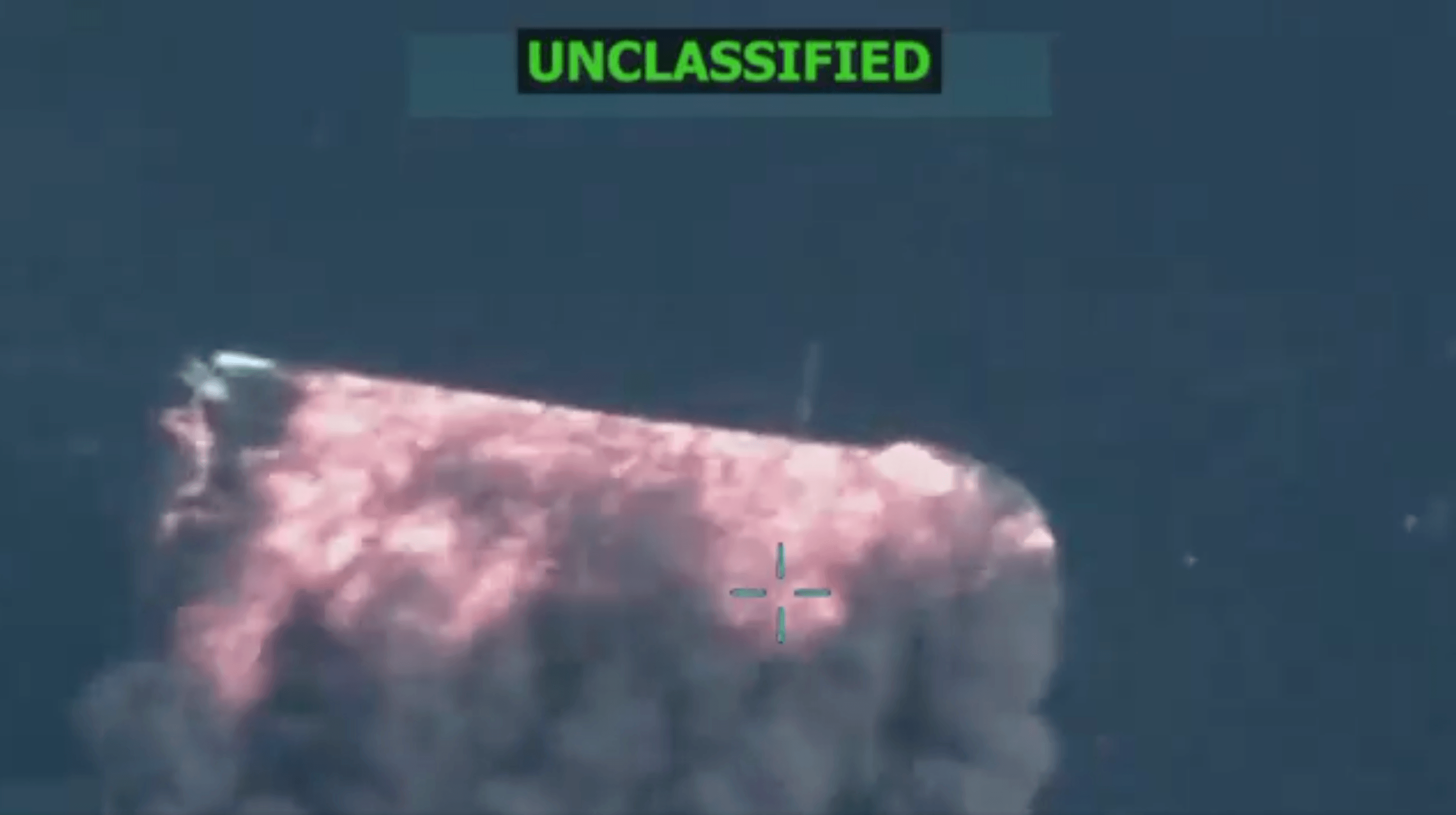Two Further Notes on the NPT and Iranian Legal Arguments
As Iran and the P5+1 edge ever closer to an agreement, the public is beginning to get a peek at the general contours of the potential deal.
Published by The Lawfare Institute
in Cooperation With

As Iran and the P5+1 edge ever closer to an agreement, the public is beginning to get a peek at the general contours of the potential deal. Many of the details---careful pencil calculations about numbers of centrifuges, degrees of uranium enrichment and breakout time---require so much specialized knowledge that it is difficult for non-experts to understand and assess the reasonableness of Iran’s positions.
There are nevertheless a handful of areas where Iran’s nuclear program is so admittedly out of sync with international standards, or so clearly in violation of its legal obligations, that the infractions can (and ought to) be considered and understood by observers outside of the rarified world of non-proliferation expertise. Below, I provide a brief overview of two such cases: in one, Iran may not formally violate the law but is deliberately avoiding oversight to which over a hundred other countries have subjected themselves, and second, where Iran is clearly (and admittedly) violating its legal obligations.
An Additional Protocol
As I wrote last week, the basic structure of most countries’ non-proliferation responsibilities includes not only the nuclear Non-Proliferation Treaty (NPT), but bilateral agreements with the International Atomic Energy Agency (IAEA). As a baseline, countries conclude these “safeguard agreements,” which allow the IAEA to verify that the countries’ nuclear programs are truly peaceful. (There are also related “subsidiary arrangements”--- more below about those below.) In the early 1990’s, a supplementary model agreement--- “additional protocol”---was created in order to provide the IAEA with more extensive tools to investigate non-disclosed nuclear programs. Like the safeguards agreements before them, the additional protocol is a bilateral, voluntary arrangement between a country and the IAEA. Although the protocol is now legally effective in most countries, a handful---including Iran---have resisted implementing it. Some of these outliers, like Egypt and Brazil, appear to be using their refusal as leverage on related issues: Brazil wants progress on disarmament; Egypt, on Middle East peace. But Iran’s refusal to conclude an additional protocol---taken together with its regional ambitions and history of subterfuge---appears far more dangerous. And this is why Iran’s conclusion of of the additional protocol is widely seen as an essential element of a deal.
But crucial for understanding the current negotiations is Iran’s complicated history with the additional protocol. Iran actually signed an additional protocol in December of 2013, and for a brief period even implemented it provisionally. But the protocol only enters into force “on the date on which the [IAEA] receives” written notification from a state that the state’s “statutory and/or constitutional requirements for entry into force have been met.” Iran has never sent such written notification; thus, despite the Iranians’ signature and the protocol’s brief period of application, the instrument has not, by its own terms, taken effect. In the meantime, the protocol has become politically toxic within Iran. In 2007, domestic politics led not only to the suspension of the protocol’s provisional application, but also to a legislative ban on the Iranian government applying the protocol ever again. As a result, current President Rouhani cannot even temporarily implement the protocol’s requirements without the support of the the Iranian parliament, the Majlis.
An Updated Code 3.1
Iran’s break with international standards is even more severe in its handling of the “updated Code 3.1.” Code 3.1 refers to a provision of the “subsidiary arrangements”---detailed regulations that supplement safeguard agreements---that mandates disclosure of nuclear facilities. Under the old version of 3.1, disclosure and the provision of designs to the IAEA wasn’t required until 180 days before the introduction of fissile material. Under the updated 3.1, the designs of new facilities must be provided “as soon as the decision to construct or to authorize construction has been taken, whichever is earlier.” The updated 3.1 was adopted by the IAEA in 1992 and swiftly accepted by every country with a substantial nuclear program. Iran alone held off for years, refusing to consent to the change.
Finally, in February 2003, Iran submitted a letter to the IAEA formally accepting the updated Code 3.1. This official acceptance lasted until March 2007, when Iran sent another letter to the IAEA announcing its intention to revert back to the original (1972) Code 3.1. This reversion is the supposed basis for Iran’s failure to disclose the construction of nuclear facilities. Iran has defended this decision by pointing out that the updated 3.1 was “accepted in 2003, but not yet ratified by the parliament.” The IAEA and international community have roundly rejected Iran’s stance, insisting that Iran’s initial acceptance was valid and that “provisions cannot be amended or suspended unilaterally by the state.” As the text of the Subsidiary Arrangements itself makes clear, the updated 3.1 never required Iranian "ratification"---but instead merely “an exchange of notes” between the government and the IAEA. Iran’s 2003 acceptance of the updated 3.1 was thus binding, and in the absence of IAEA permission, its announced “reversion” is illegitimate. Iran’s stance on its disclosure responsibilities is thus not only unusual internationally (as is its refusal to sign the additional protocol), but also a clear violation of its obligations. Unlike the additional protocol, however, domestic compliance with the updated Code 3.1 has not been explicitly prohibited by the Majlis; in theory it could be implemented by the Iranian government immediately.
The details surrounding Iran’s failure to conclude the additional protocol and abide by the updated Code 3.1 are important for at least two reasons: First, they throw into sharp relief some of the complexities of Iranian domestic politics. As the hullabaloo over Senator Tom Cotton’s open letter begins to subside, and a bipartisan, skeptical majority in Congress inches toward confronting the President over the looming deal, it’s worth remembering that our political infighting might not be so different from Iran’s. That the limitations on what our president can do alone might well be mirrored by limitations on the other side.
But even more importantly, Iran’s refusal to conclude the additional protocol and apply the updated 3.1 helps undermine an increasingly popular narrative of Iranian victimization. Iran, after all, has some exceedingly talented diplomats who have worked tirelessly to depict their country as a victim that just seeking to pursue a peaceful nuclear program. (Researchers at Israel’s leading security think-tank recently dubbed this narrative “Iran’s nuclear fairy tale.”) But as Iran’s handling of the additional protocol demonstrates, it is simply not the case that Iran is a country like any other that that the West has chosen to single out for special treatment. In fact, Iran admittedly refuses to accept a legal framework that most other countries already live under, and now openly rejects a universal mandate to which it had already obligated itself.
Yishai Schwartz is a third-year student at Yale Law School. Previously, he was an associate editor at Lawfare and a reporter-researcher for The New Republic. He holds a BA from Yale in philosophy and religious studies.





